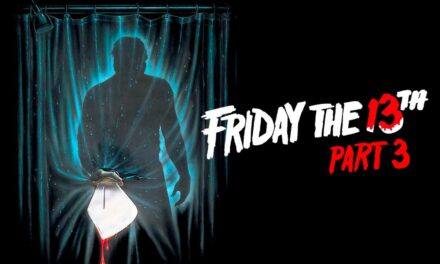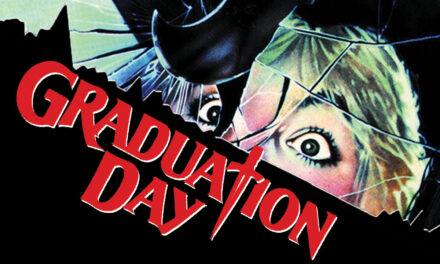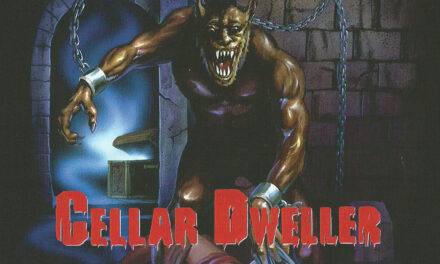In 1963, French novelist Pierre Boulle, known for writing the novel that would eventually turn into the 1957 film, The Bridge on the River Kwai, published La Planète des singes, which would become the basis for the 1968 film Planet of the Apes. Starring Charlton Heston, Roddy McDowall, Kim Hunter, Maurice Evans, and Linda Harrison, written by Michael Wilson and Rod Serling, and directed by Franklin J. Schaffner, the film became a massive success. The film spawned four sequels, a TV series, an animated series, and was remade by Tim Burton in 2001 to less-than-stellar results. After the disappointment of the remake, the franchise was put on hibernation until 2005, when screenwriters Rick Jaffa and Amanda Silver started working on a concept for a new film in the series, which would eventually become 2011’s Rise of the Planet of the Apes.
%
Rating
Set in modern times, the film follows scientist Will Rodman, played by James Franco, who has been working on a cure for Alzheimer’s, partially inspired by the need to cure his father, played by John Lithgow. As is the case with most science labs, they have been testing the drug on chimps, and while giving a presentation to the board of directors, one of the chimps goes crazy and starts rampaging through the office until being shot by security. Considering the project a failure, Rodman’s boss Steven Jacobs, played by David Oyelowo, has the chimps killed and the project shut down. However, a baby chimp that belonged to the one who was killed is saved by Rodman’s assistant, and Rodman reluctantly takes the chimp home to take care of it. Naming the chimp Caesar, Rodman discovers that the ape has heightened intelligence that he inherited from his mother, and he decides to do further research on Caesar while also continuing to find a cure for his father. As time goes on and Caesar grows up, he starts to question things and, after an incident involving a neighbor, is taken by animal control to an ape shelter where the apes are being tortured by the staff, including a young man named Dodge Landon, played by Tom Felton. While Caesar gains dominance over the other apes and starts thinking of a plan to escape, Jacobs is persuaded by Rodman to relaunch the program when Rodman explains that the drug works and can increase intelligence. Purely driven by profit, Jacobs has a stronger form of the drug made and has it tested on apes, particularly a scarred baboon named Koba. However, one of the lab assistants gets exposed to the drug and starts showing symptoms. Eventually, Caesar manages to overpower the shelter staff and leads the apes to escape from captivity and make their way to the San Francisco Redwoods.
When it was first announced that they were rebooting the franchise, I, and I’m sure many others, were very skeptical about how it would turn out. It didn’t help that pretty much all of the apes in the film would be CGI as opposed to being done with practical effects like the other films. However, once people saw the film, they overlooked the effects and saw the film for what it truly is: a well-written, well-acted, and thought-provokingly worthy successor to the original franchise. For me, what really makes the film work are the apes themselves, particularly Caesar. Portrayed via motion capture by Andy Serkis, Caesar transcends his CG nature and become a fully-formed three-dimensional character who you actually care about and want to see survive. Same goes for a lot of the other apes, many of whom have distinct personalities that will be further developed later on. The human cast, for the most part, is also on-point, with the stand-outs being Franco, Lithgow, Oyelowo, and Brian Cox as the head of the primate shelter. The film is full of homages to the previous films as well, such as the drug ALZ-112 being named after the runtime of the original film, the main ape being named Caesar after the character from Conquest of the Planet of the Apes, this film having more-or-less the same plot as that film, and an orangutan that Caesar befriends being named Maurice after the actor who portrayed Dr. Zaius in the original.
However, the movie is not without its problems. For one, while there are human cast members that do a pretty good job, there are others who kind of fall flat. For instance, Franco gets a love interest, played by Frieda Pinto, who really serves no other purpose other than to be arm candy for Franco. Also, Felton is such an unlikeable character who has no other motivation other than to just torture animals. On top of that, he has probably the worst line-read/homage to the original film in the movie. I won’t say what it is, but let’s just say his line-read would make Heston roll in his grave. I will say that while the CG does look pretty good, there are a few moments where it does look spotty. Even with that said, I still think this movie largely succeeds in creating a prequel to the original films that also serves as its standalone film. For those who’ve seen the original films, it’s a worthy successor to those films and pays homage to them largely out of respect. For newcomers, it’s a great modern-day story of what happens when man tries to control nature and explore things they were never meant to explore.
And so with the Rise comes the Dawn…




